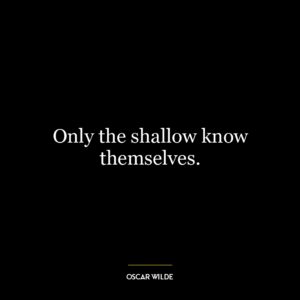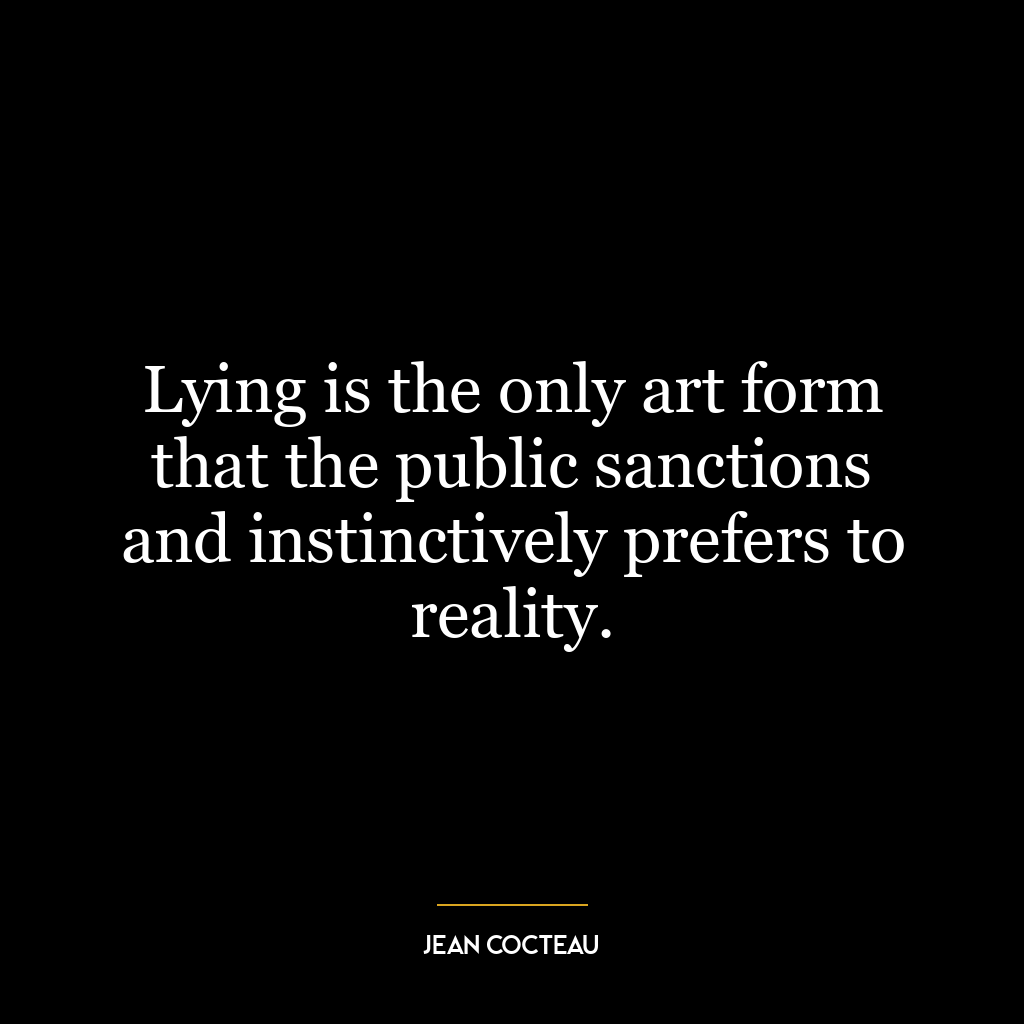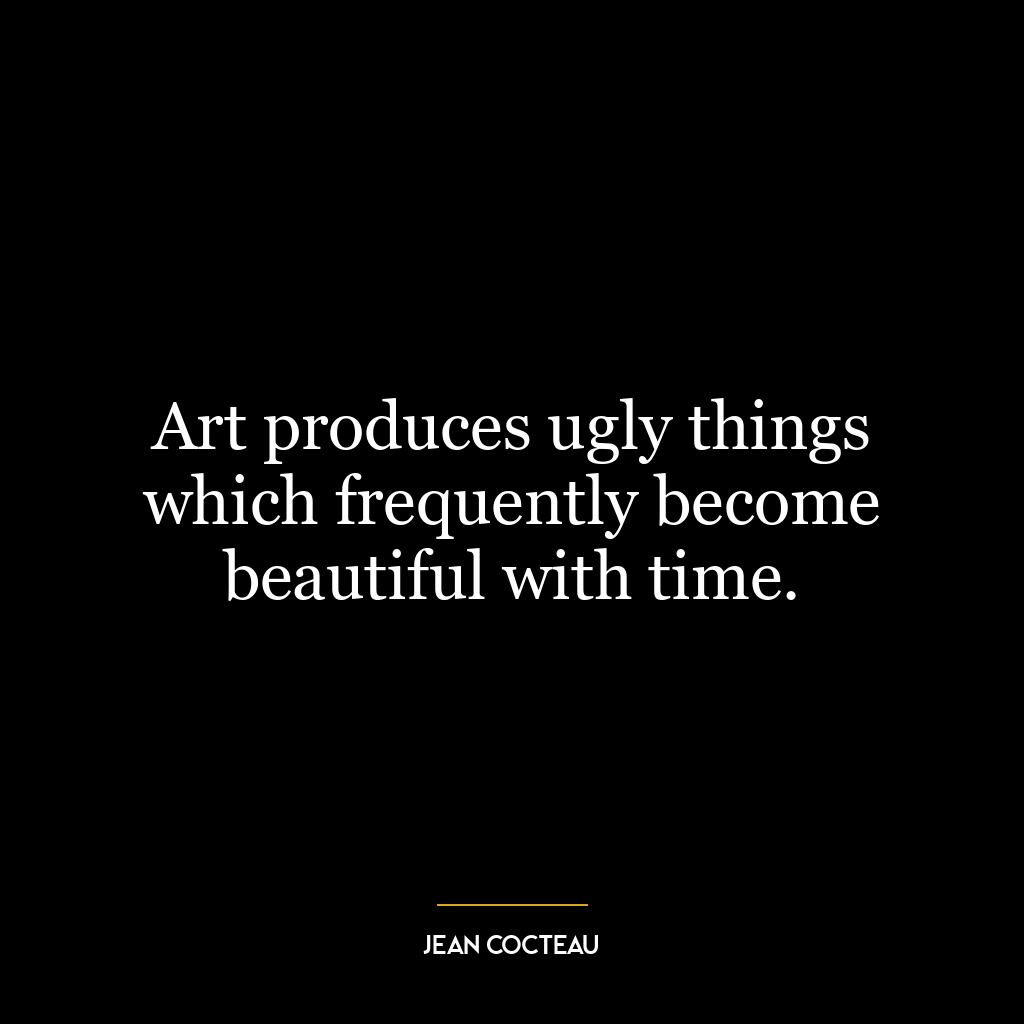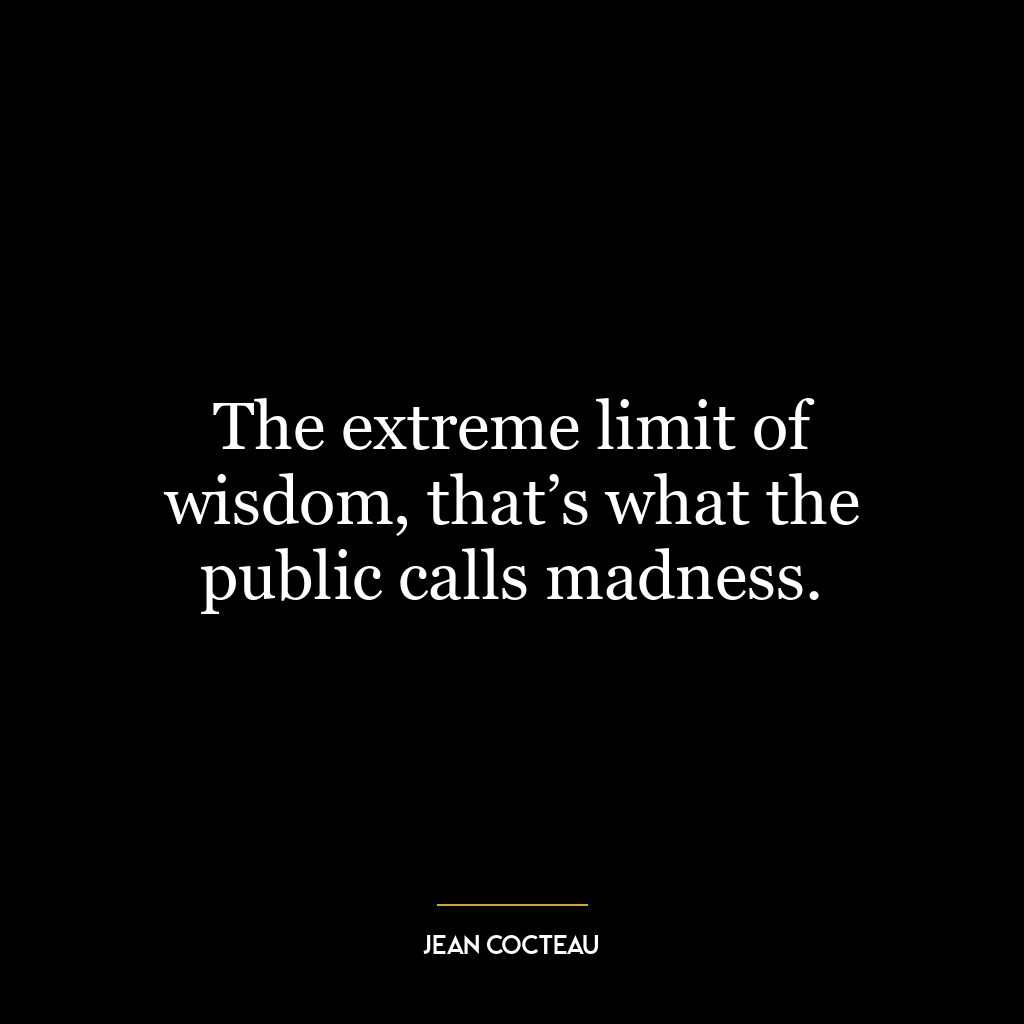No object is so beautiful that, under certain conditions, it will not look ugly.
This quote suggests that beauty is not an inherent quality but rather a subjective perception that can be influenced by various conditions or circumstances. Essentially, even the most beautiful object can appear ugly under certain conditions. This could be due to changes in physical circumstances, like lighting or angle, or emotional conditions, such as mood or personal bias.
The quote also implies that beauty and ugliness are not absolutes but exist on a spectrum, and our perception can shift along this spectrum based on various factors. This can be seen as a commentary on the transient and subjective nature of beauty, reminding us that our perceptions and judgments are often more reflective of ourselves and our circumstances than the objects we are judging.
Applying this concept to today’s world, we can see how it resonates in the realm of social media, where beauty standards are often portrayed as absolute and unchanging. The quote reminds us that these standards are subjective and can be influenced by various factors. It encourages us to question and critically evaluate these standards rather than accepting them at face value.
In terms of personal development, this idea can help us cultivate a more flexible and compassionate perspective. Recognizing that our perceptions of beauty and ugliness are subjective and changeable can help us challenge our biases and judgments, encouraging us to see beauty in unexpected places and to be more accepting of ourselves and others. It can also remind us to consider the circumstances under which we are viewing ourselves or others, and to be aware of how these circumstances might be influencing our perceptions.









